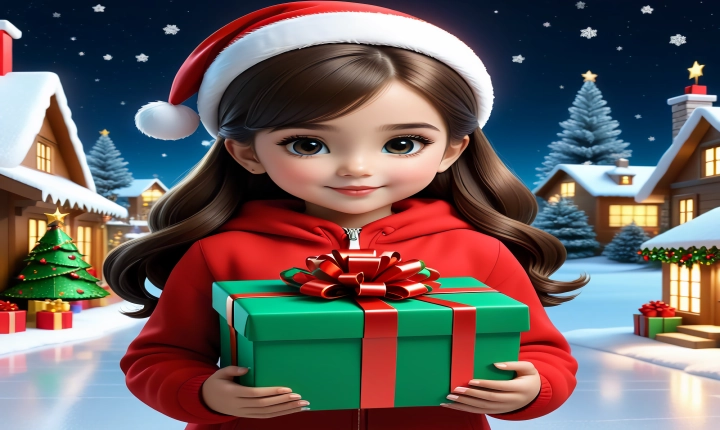Title: The Impact of AI on Artists: Embracing Innovation
Artificial intelligence (AI) has been making significant advances in various industries, from healthcare to finance, but its impact on the artistic community is often overlooked. While the idea of AI taking over the role of artists may seem daunting, the reality is far more nuanced. AI has the potential to revolutionize the creative process and provide new opportunities for artists to explore and push the boundaries of their craft.
One of the most noticeable ways AI is affecting artists is through the creation of artwork itself. AI-powered tools and software can generate images, music, and even literature, blurring the line between human and machine creativity. This has led to heated debates about the authenticity and originality of AI-generated art, but it also presents an opportunity for artists to collaborate with AI and explore new creative possibilities.
For visual artists, AI offers powerful tools for image manipulation, digital rendering, and other techniques that can enhance their work and streamline their workflow. AI algorithms can analyze vast amounts of data to help artists understand trends and preferences, allowing them to create art that resonates with a wider audience. Moreover, AI can assist artists in managing their portfolios, marketing their work, and connecting with potential clients and collaborators.
In the music industry, AI has also made a significant impact, with the development of AI-generated compositions and digital instruments. AI algorithms can analyze existing music data to create original compositions, mimic the style of well-known musicians, and assist in the production process. This has led to a redefinition of what it means to be a musician, as artists can now harness the power of AI to experiment with new sounds and genres.
Literary artists also stand to benefit from AI, as natural language processing algorithms can aid in the process of writing, editing, and storytelling. AI-powered tools can suggest alternative words, improve grammar and syntax, and even generate plot ideas based on the analysis of existing literary works. This can help writers overcome creative blocks, refine their writing style, and experiment with innovative narrative structures.
However, the integration of AI into the artistic world also raises concerns about job displacement and the devaluation of human creativity. Some fear that AI-generated art may overshadow the work of human artists, leading to a decline in demand for traditional artistic skills. Moreover, the reliance on AI tools may lead to a homogenization of artistic expression, as artists conform to popular AI-generated trends rather than exploring their own original ideas.
Despite these valid concerns, the prevailing narrative around AI and art should not be one of fear and resistance, but rather of adaptation and collaboration. For artists, embracing AI means embracing innovation and exploring new modes of creative expression. Instead of viewing AI as a threat, artists can leverage AI tools to enhance their artistic practice, expand their creative horizons, and reach new audiences.
Furthermore, the collaboration between artists and AI can lead to groundbreaking artwork that transcends the limitations of either human or machine creativity alone. Artists can use AI as a tool to catalyze their own creative process, facilitating new forms of self-expression and artistic experimentation.
In conclusion, AI is poised to have a profound impact on the artistic community, providing opportunities for artists to revolutionize their craft and connect with audiences in new ways. By embracing AI as a creative partner rather than a competitor, artists can harness its potential to innovate, inspire, and redefine the boundaries of art. The fusion of human creativity and AI-driven technology holds the promise of a new era of artistic exploration and ingenuity, marking a pivotal moment in the evolution of art and creativity.
